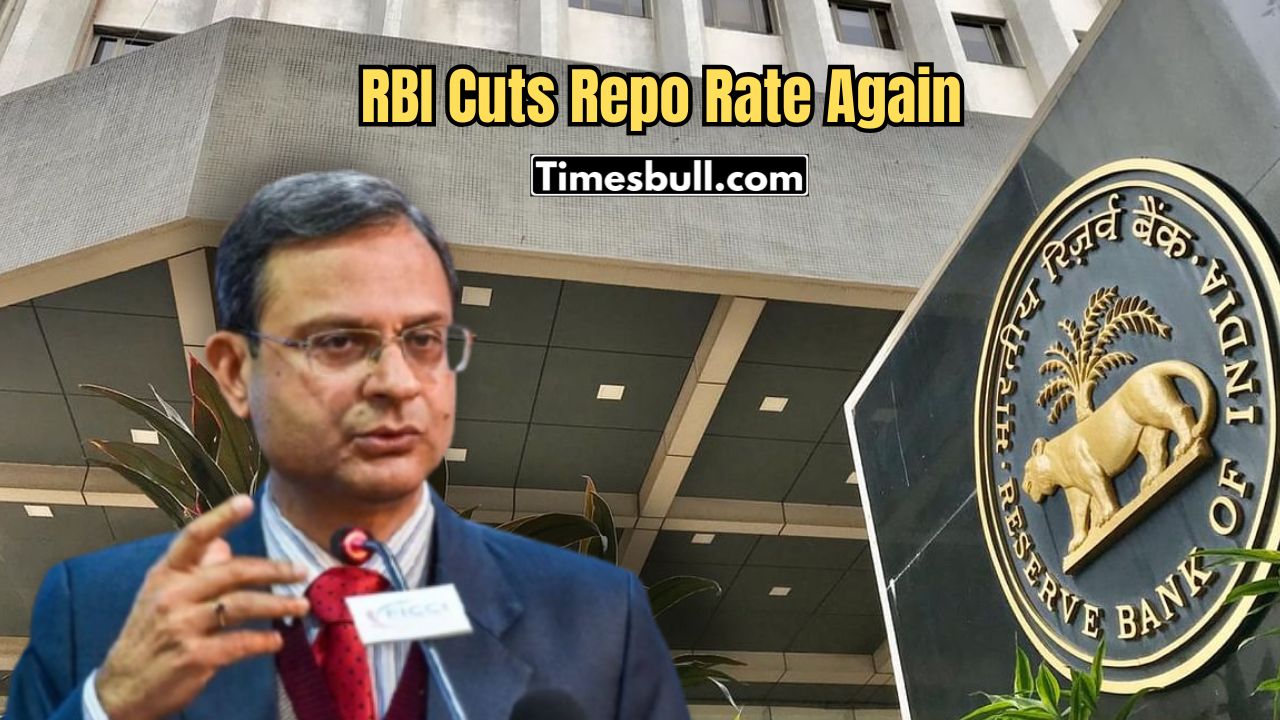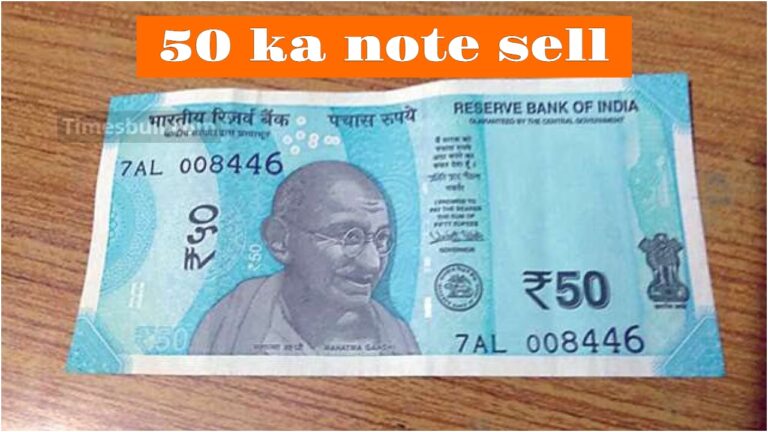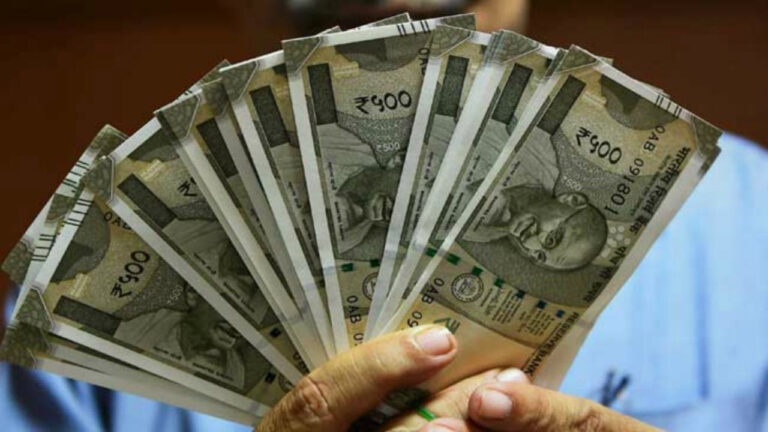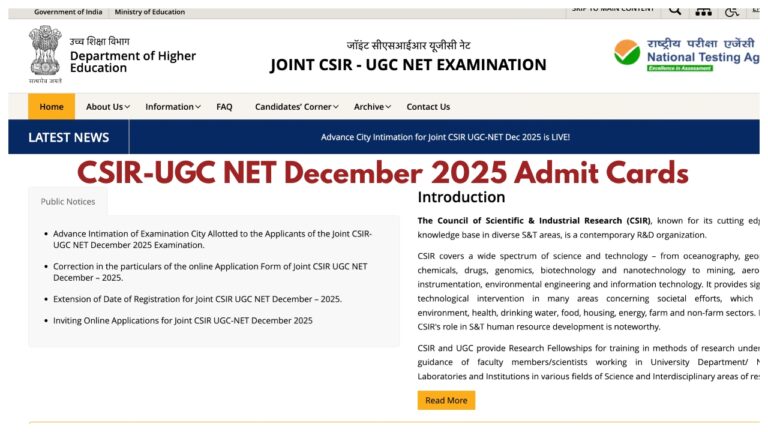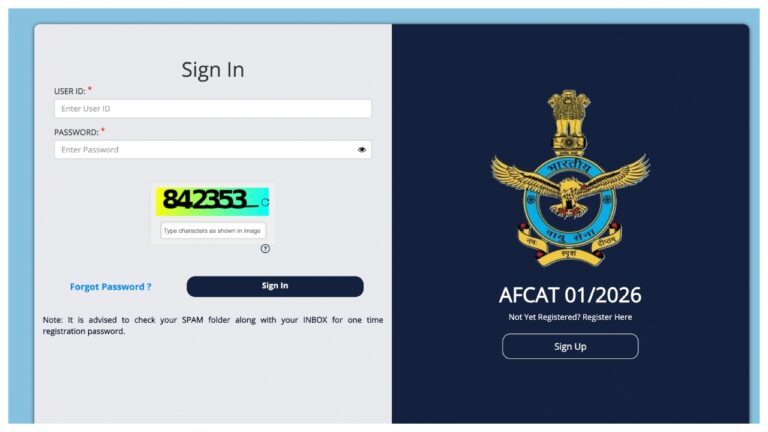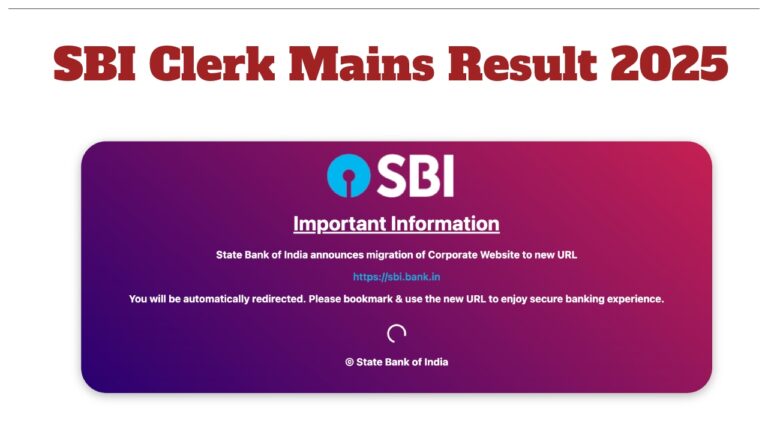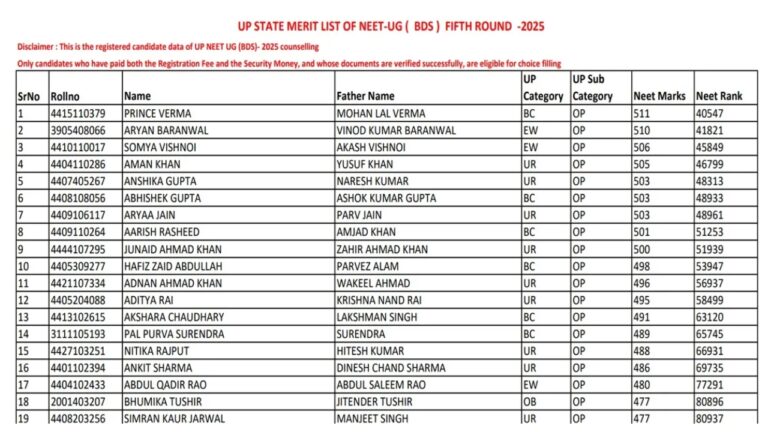RBI Interest Rate: The three-day important meeting of the Monetary Policy Committee (MPC) of the Reserve Bank of India (RBI) is going to be held from June 4 to June 6. There is strong speculation among financial experts and economists that in this meeting too, RBI can once again take a historic decision to cut the repo rate.
Earlier, RBI had also cut 0.25-0.25 percent in February and April 2025, as a result of which the repo rate has now come down to 6 percent. It is believed that this will be the third consecutive time when the repo rate can be cut by 25 basis points (0.25%). This decision will have a direct impact on the financial lives of crores of Indians, especially those who have taken loans.
Know what financial experts say
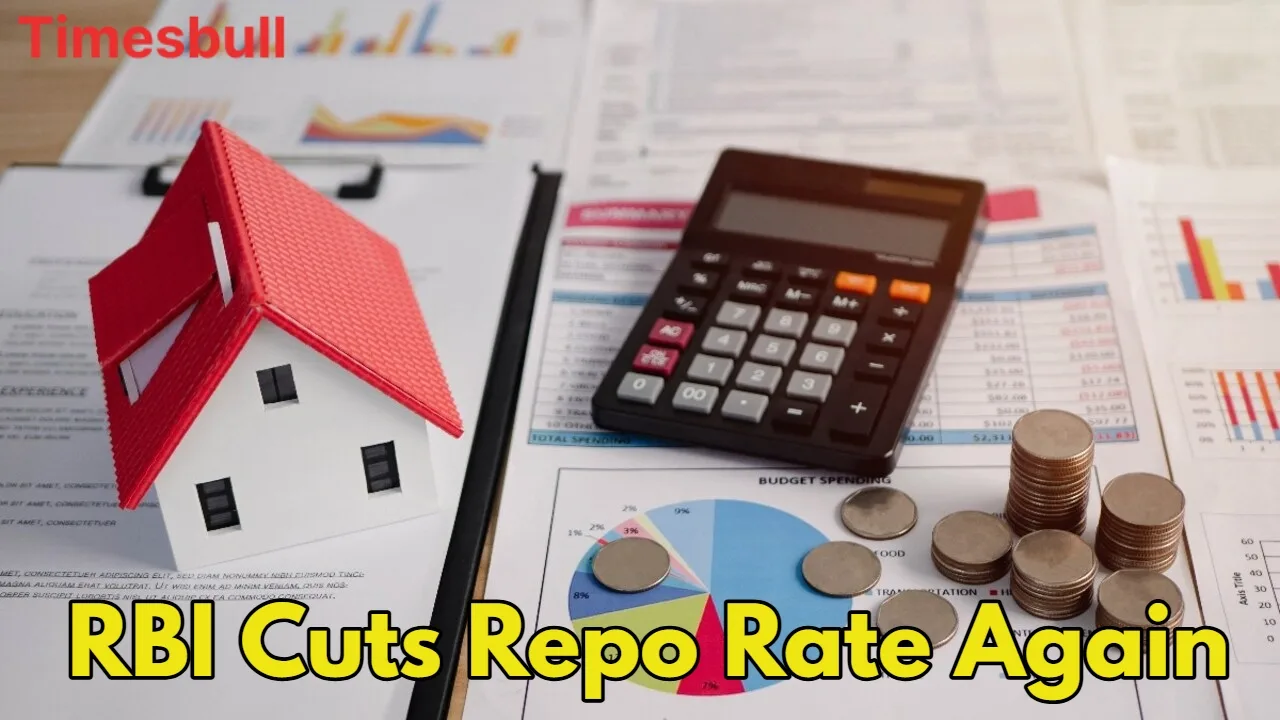
Reports of well-known economic experts and major financial institutions of the country are also pointing towards a cut in the repo rate.
A report released by the State Bank of India (SBI) states that to balance the uncertain environment, the Reserve Bank of India may make a big cut of up to 50 basis points (0.50%) in the June MPC meeting. SBI Group Chief Economic Advisor, Dr. Soumya Kanti Ghosh said that interest rates can be cut by up to 100 basis points (1%) in total in this cycle.
Bank of Baroda Chief Economist Madan Sabnavis says that the inflation situation is quite under control at this time and the RBI has also eased the availability of money in the market with several measures. Therefore, the MPC may cut the repo rate by 0.25% on June 6.
A. Prasanna of ICICI Securities is also expecting a rate cut. He says that the good growth of gross domestic product (GDP) in the January-March 2025 quarter shows that some relief can now be given. He also said that the stance of the MPC is accommodative, which means that the MPC is ready for any kind of change, especially to support economic growth.
What will be the benefit of cutting the repo rate
If the Reserve Bank of India cuts the repo rate, it will have a direct and positive impact on the pockets of the general public.
Various types of loans like home loans, car loans, and personal loans can become cheaper. It will become cheaper for banks to borrow money from the RBI, and they can transfer its benefits to the customers.
People who are already paying EMI (Equated Monthly Installment) of these loans can get relief in monthly installments. Their EMI may be reduced, which will reduce the pressure on their monthly budget.
People taking new loans will also be able to get loans at lower interest rates, which will increase their purchasing power and encourage them to make big investments.
However, there is another side to this coin. A reduction in the repo rate can also mean that the interest that depositors get on fixed deposits (FDs) and savings accounts maybe even less. This can be a matter of concern for those who depend on interest for their income.
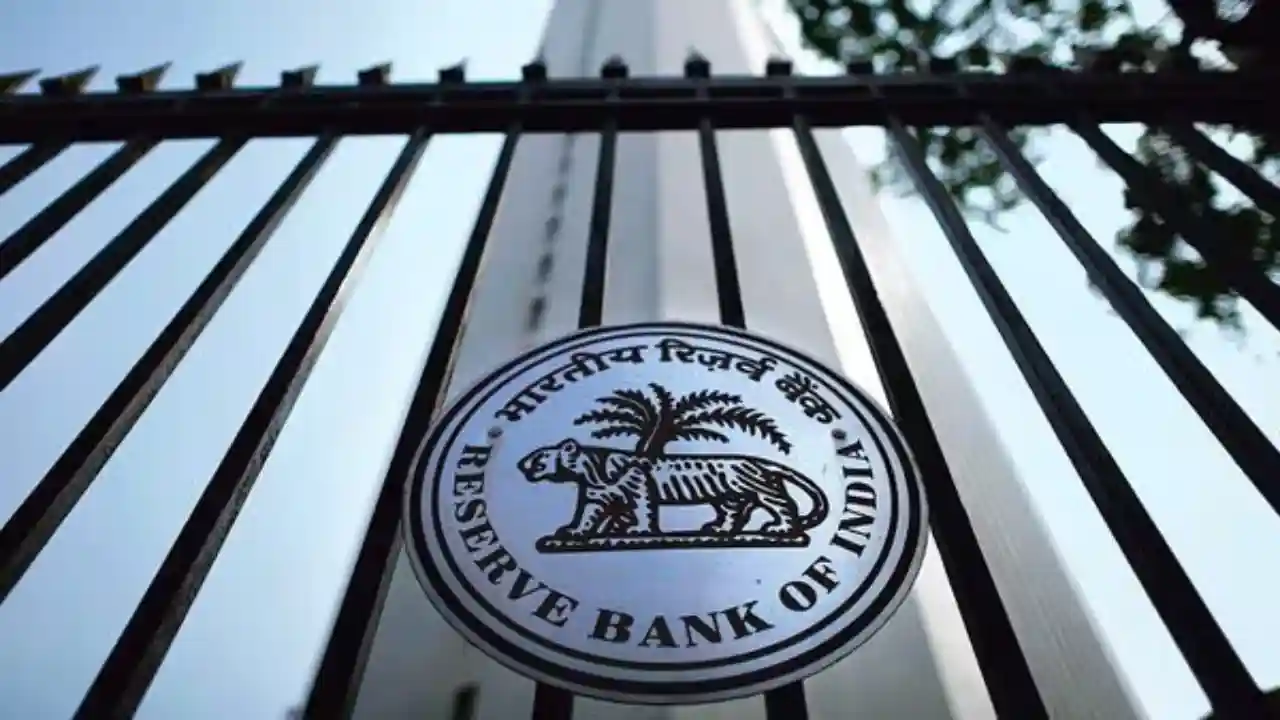
What is the repo rate and how is it decided
The repo rate is the interest rate at which the Reserve Bank of India (RBI) gives short-term loans to commercial banks. It is an important tool of monetary policy that RBI uses to control money supply, inflation, and economic growth in the economy.
The determination of the repo rate depends on the following factors:
If inflation is high, RBI can increase the repo rate to control it.
To boost economic growth, RBI can reduce the repo rate, making loans cheaper and promoting investment.
The availability of cash in the market also plays an important role in determining the repo rate.
